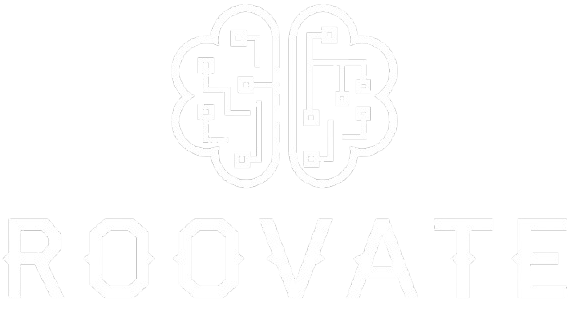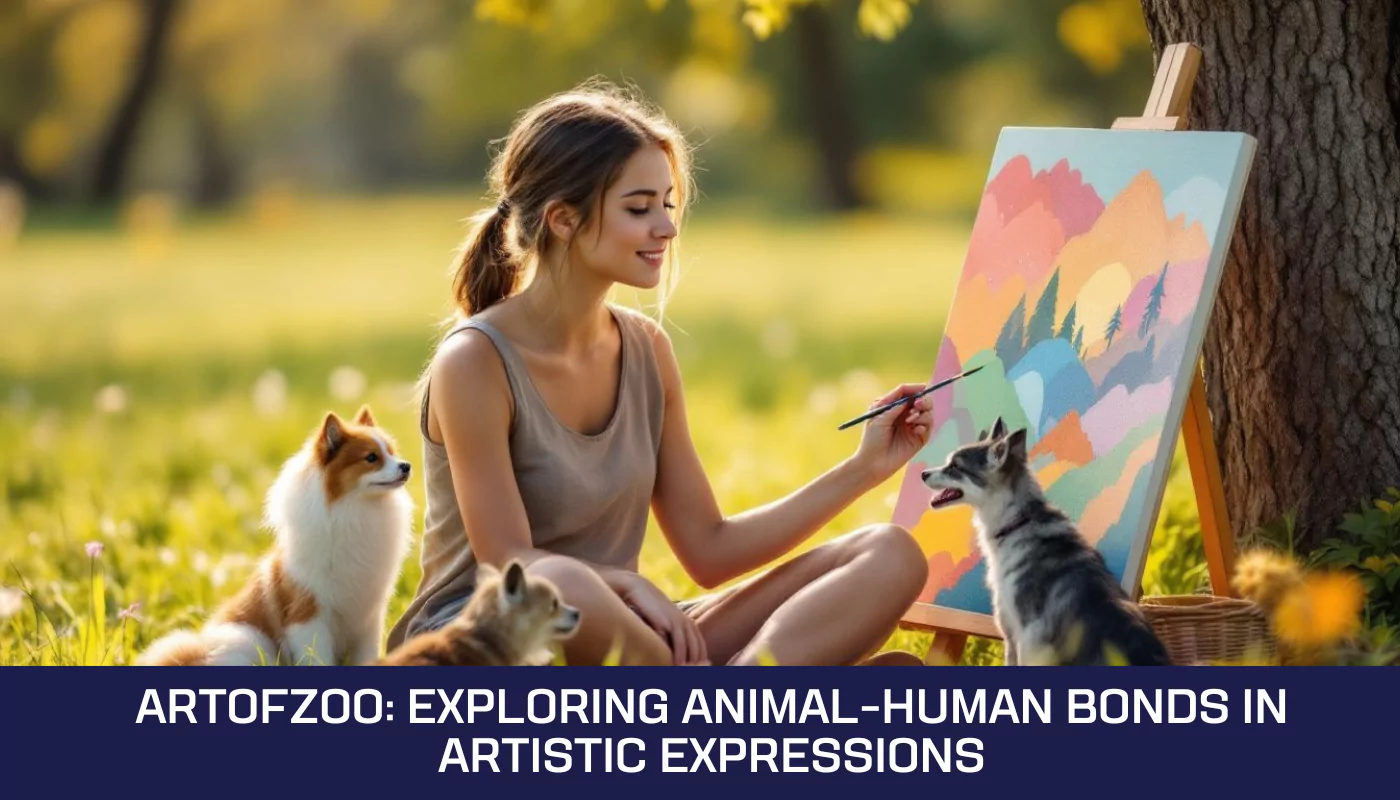Looking for new ways to see animals and humans together in art? ArtofZoo is all about this. This blog will show you how artists mix animals, humans, and nature in their work. Get ready to explore!
Key Takeaways
- Art shows bonds between humans and animals. This is seen in different times, like tribal and medieval art. Artists mix human and animal forms to show our ties with nature.
- Some art can stir debate about animal rights and ethics. Zoophilia and bestiality are sensitive topics. They make people think about how we treat animals in art.
- Conservation themes are big in ArtofZoo art. It uses creativity to tell us how our actions affect wildlife. This kind of art asks us to care more for nature and animals.
- Collage portraiture is a way artists show human-animal connections today. They use mixed images to explore feelings about these bonds beyond words.
- Animal welfare matters in this art movement. Artists need to be careful not to exploit or harm animals with their work, keeping conservation at heart.
The Fascination with Human-Animal Relationships in Art
Art shows a strong bond between humans and animals. This connection fascinates many artists and viewers alike.
Animal-human connection
The animal-human connection is rich and deep. This bond offers valuable lessons and shared experiences. It shows how much animals enhance our lives. The Art of Zoo movement explores these ties in creative ways.
Artists express human-animal relationships through various forms, often reflecting history and empathy.
Tribal artists combine animal and human features to symbolize our link with nature. In the Middle Ages, art also used symbols to explore this bond. Their work highlights the harmony between humans and animals.
These expressions invite us to think about how we relate to wildlife and each other.
The bond between humans and animals is woven from threads of history, empathy, and mutual dependence.
Representation of bonds between humans and animals
Art often shows the deep bonds between humans and animals. This connection is seen in many forms of artistic expressions, from paintings to sculptures. Artists have long explored these relationships.
For instance, tribal artists combine animal and human features to express their ties with nature. In the Middle Ages, artists added animal symbolism to their works as a way of exploring the complex bond shared by both species.
Animals play an important role in our lives. They teach us valuable lessons about empathy and understanding. The art movement known as ArtofZoo highlights this relationship through its focus on conservation themes.
It sparks conversations about how we impact wildlife with our actions. Exploring these bonds leads to discussions on ethics and animal welfare in art today.
Ethical considerations
Ethical considerations matter in the ArtofZoo movement. Many artists explore animal-human relationships in art while thinking about animal welfare and rights. They must be careful not to harm animals or exploit them for their work.
This concern is vital as it ties into the themes of conservation and wildlife impact.
Anthropomorphism can also affect how people view animals. It may lead to misunderstanding animal behavior or needs. Artists should balance creative expression with respect for the lives of animals.
This care ensures that both humans and animals benefit from artistic exploration of their bonds.
Exploring Conservation and Wildlife Themes in Art
Art shows how human actions affect wildlife. It highlights the beauty of nature while raising awareness about environmental issues.
Impact of human actions on wildlife
Human actions greatly affect wildlife. Deforestation, pollution, and climate change all harm animals and their habitats. Many species are endangered due to habitat loss caused by humans.
Wildlife struggles as cities grow and land is taken for farming or buildings. Conservation themes in art highlight these issues. Artists use creativity to raise awareness about the impact of human actions on wildlife.
The bond between humans and animals is complex. Art often reflects this relationship, showing both the beauty and challenges we face together. Nature symbolism can represent harmony but also conflict caused by human activities.
The artistic exploration of animal-human bonds encourages us to think deeply about our choices. Collage portraiture gives voice to this connection, inviting discussion about how we treat living beings around us.
Representation of nature symbolism
Nature symbolism appears in many art forms. Artists connect animal-human relationships to nature. This link shows how humans depend on wildlife and their environment. Tribal artists often blend animal and human features in their work.
They symbolize the close ties people have with nature.
In the Middle Ages, artists used similar symbols. They included animals to reflect the bond between humans and nature. These artistic expressions highlight the impact of human actions on wildlife.
Such representations remind viewers of our shared history and responsibility toward animals and their habitats.
Creative Strategies in Portraying Human-Animal Bonds
Artists use different methods to show the bond between humans and animals. They draw from tribal art and mix styles, like collage portraiture, to express these special connections.
Tribal art influences
Tribal artists from around the world combine animal and human features in their work. This style shows the deep bond between humans and animals. These artworks symbolize how connected we are to nature.
The creations often reflect shared history and empathy between species. They help us understand our dependence on wildlife.
Collage art also adds a fresh perspective to these themes. It opens up new ways for people to express their feelings about animals, leading into important discussions about conservation and wildlife themes in art.
Use of collage portraiture
Collage portraiture offers a unique way to show human-animal bonds. Artists mix different images and materials to create new meanings. This method breaks away from traditional forms of art.
It allows for deeper conversations about our ties with animals.
Through collage, feelings can be expressed beyond words. The art invites viewers to reflect on their connections with animals. It serves as an emotional bridge between humans and wildlife.
This form of artistic exploration in the ArtofZoo movement showcases how creativity can highlight important themes like animal rights and welfare.
Controversy and Criticism Surrounding Animal-Human Artistic Expressions
Art that shows the bond between humans and animals can stir debate. Some people worry about the ethics involved, while others discuss how these themes relate to animal rights.
Concepts of zoophilia and bestiality
Zoophilia and bestiality are controversial topics in the discussion of human-animal relationships. Zoophilia involves a sexual attraction to animals, while bestiality refers to sexual acts with them.
These concepts raise serious ethical concerns. Many believe such actions harm animals and violate their rights.
Animal ethics plays a key role in these discussions. Critics argue that animals cannot give consent, making these acts abusive. Artistic expressions involving animal-human bonds also face scrutiny because of these issues.
ArtofZoo explores the connection between humans and animals but must navigate these sensitive topics carefully.
Consideration of animal welfare and rights
Animal welfare and rights are important in artistic expressions that involve animals. The ArtofZoo movement sparks questions about how animals are treated in art. Artists must think about the ethical implications of their work.
They should consider if their art harms or helps animals.
Many pieces highlight human-animal relationships in a way that respects animal rights. Artists can use their talents to promote conservation and awareness of these issues. By doing so, they can encourage empathy between humans and animals while supporting animal ethics within the community.
Anthropomorphism and its effect on animal ethics
Anthropomorphism gives human traits to animals. This practice can change how people view animal rights. It often leads to a deeper understanding of animal emotions and behavior. By portraying animals as having feelings like humans, art challenges viewers to consider their welfare.
Artistic exploration of animal-human bonds shows the connection between species. Many artists use this approach to spark important discussions about ethics in treating animals. The ArtofZoo movement embraces these themes, blending creativity with wildlife conservation, which highlights the need for ethical considerations in our relationships with them.
FAQs
-
What is ArtofZoo: Exploring Animal-Human Bonds in Artistic Expressions about?
ArtofZoo explores the bonds between humans and animals as represented in art, focusing on the symbolism of human relationships with nature.
-
How does artistic exploration of animal-human bonds play out in this context?
Artists use various forms like collage portraiture to depict the unique connection between humans and animals, highlighting ethical considerations involving animals in art.
-
Can you explain how human-animal relationships are portrayed through art?
The portrayal ranges from showing direct human impact on wildlife to abstract representations that symbolize deeper meanings of our relationship with nature.
-
Are there any ethical considerations when representing animals in art?
Yes, artists must be mindful not to harm or exploit wildlife while creating their work, reflecting a respect for animal-human relationships.
-
Does ArtofZoo showcase any specific type of art form related to animal-human bond?
ArtofZoo showcases a variety of expressions including collage portraiture which uniquely captures the intricate bond between humans and animals.

